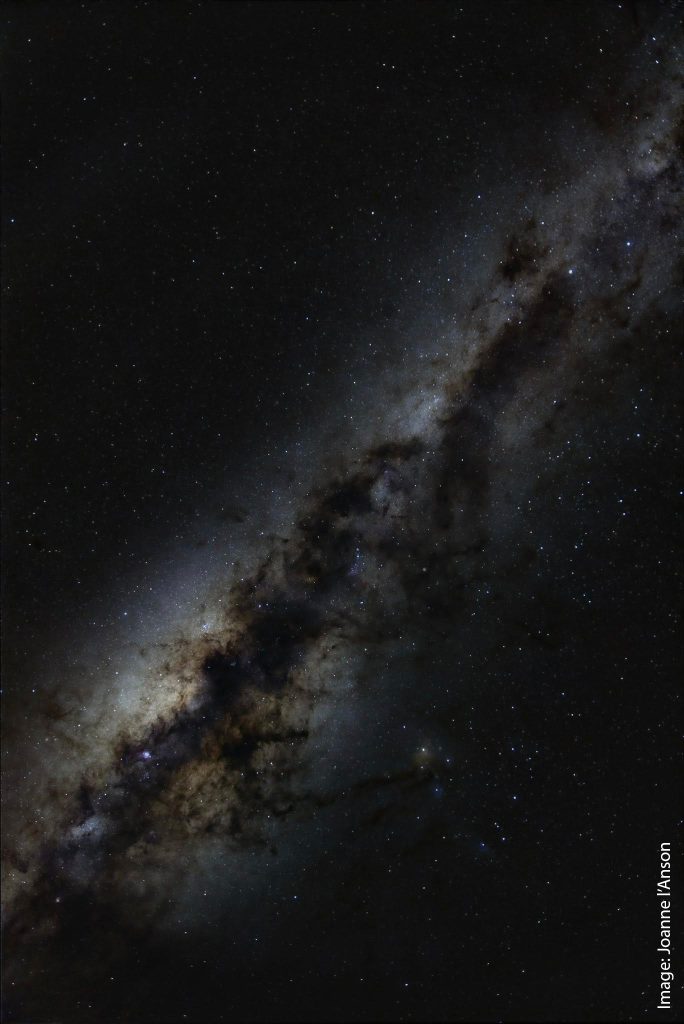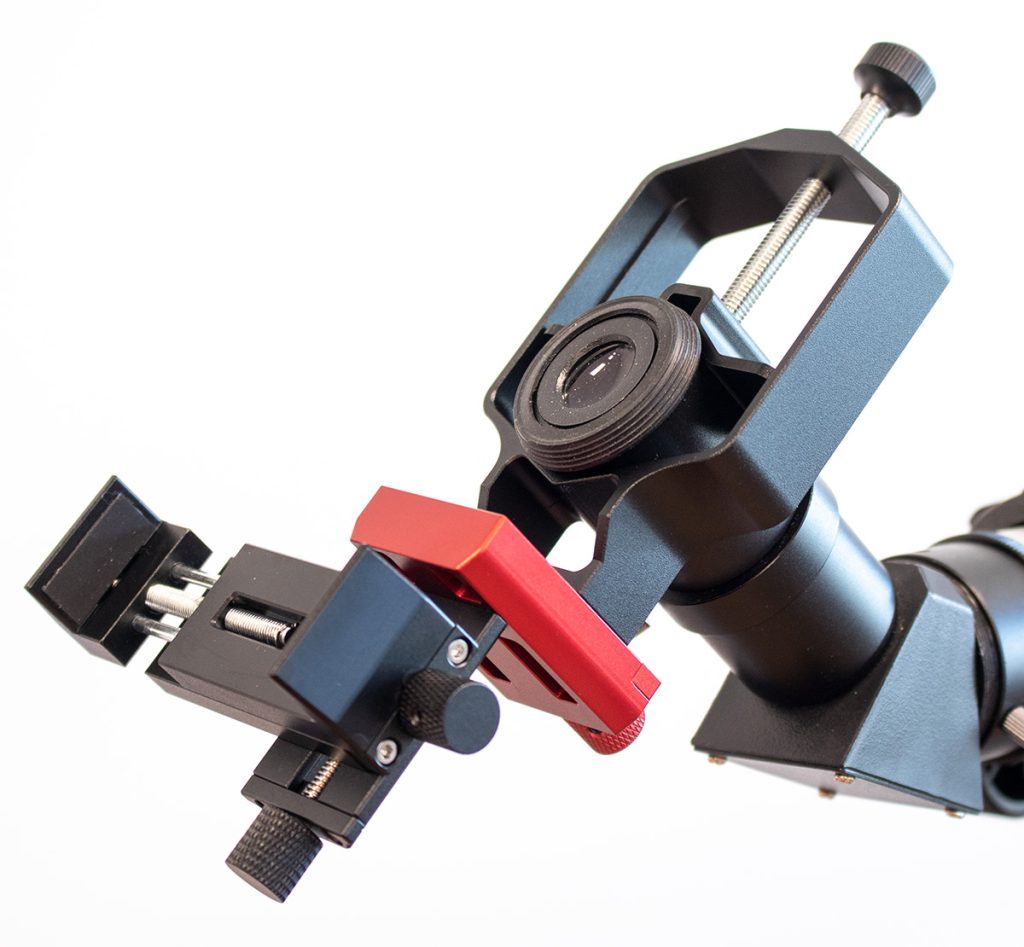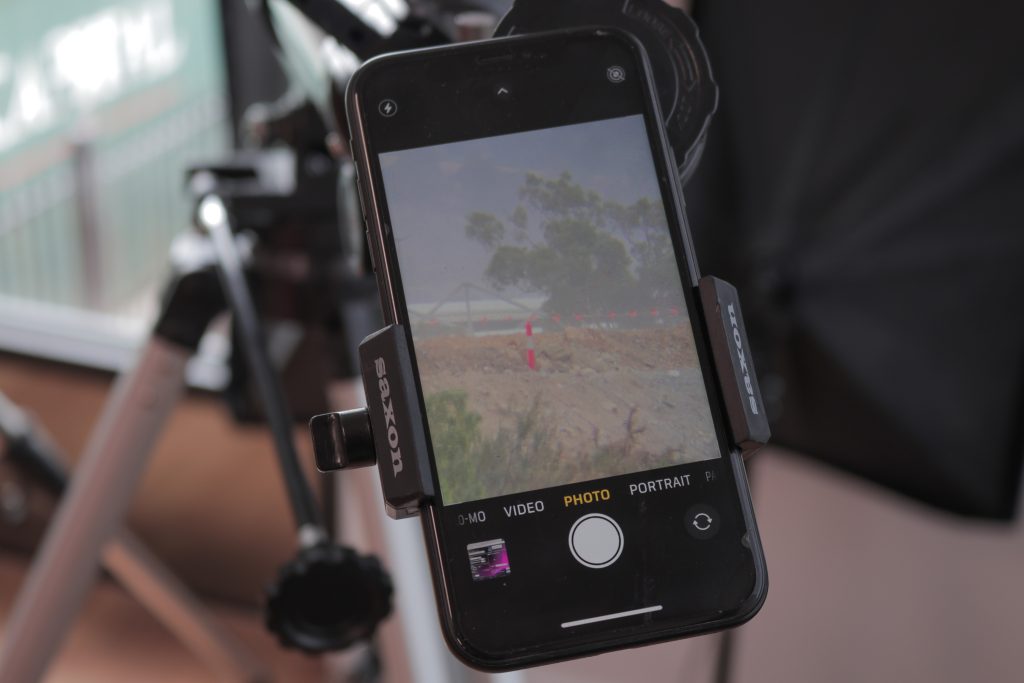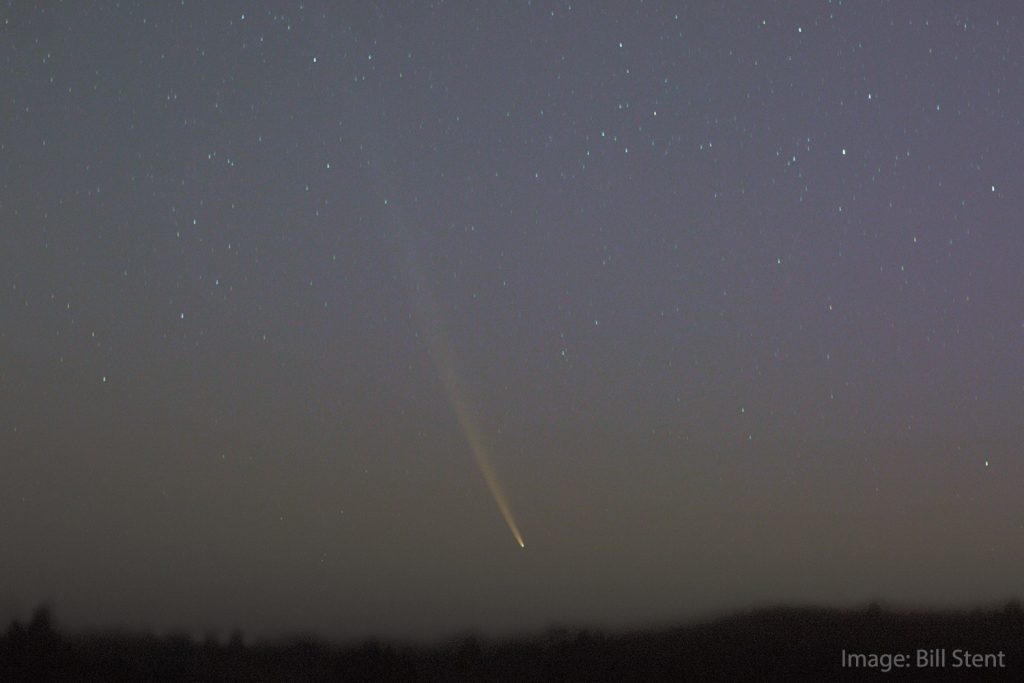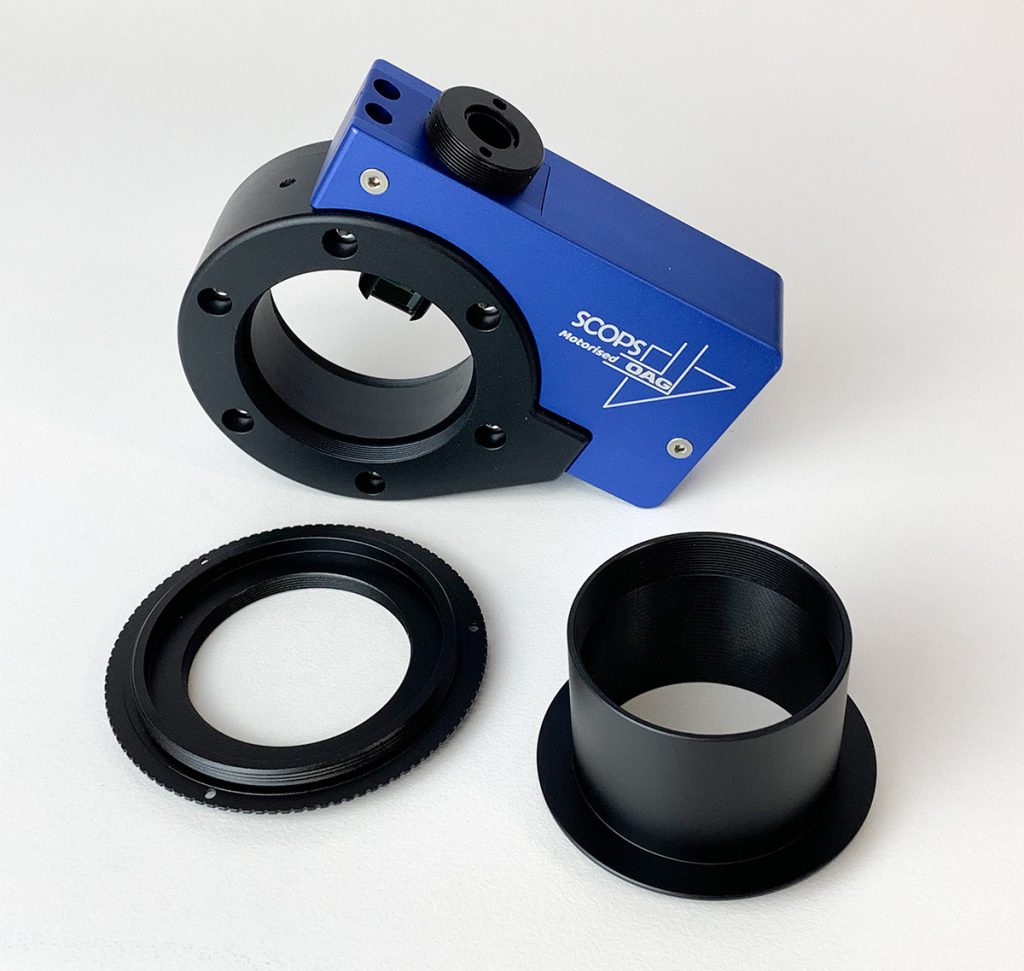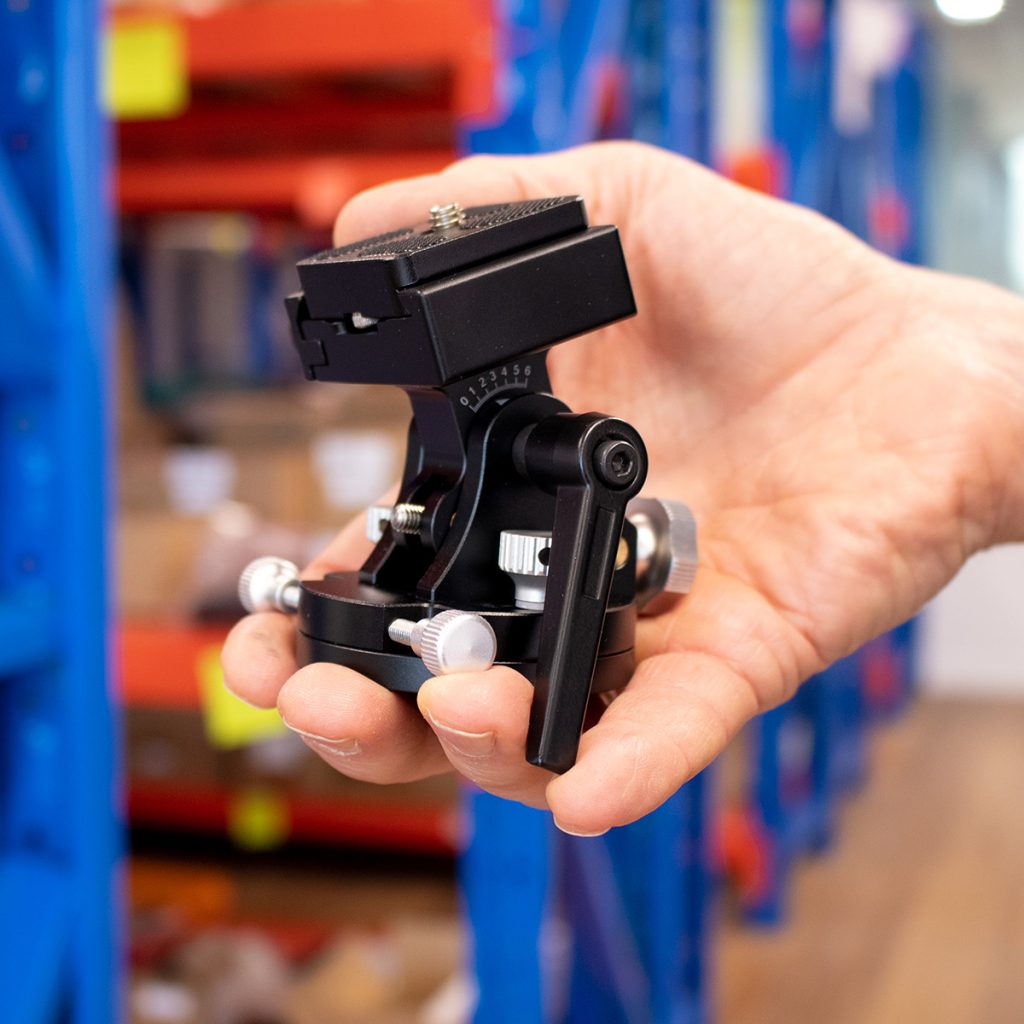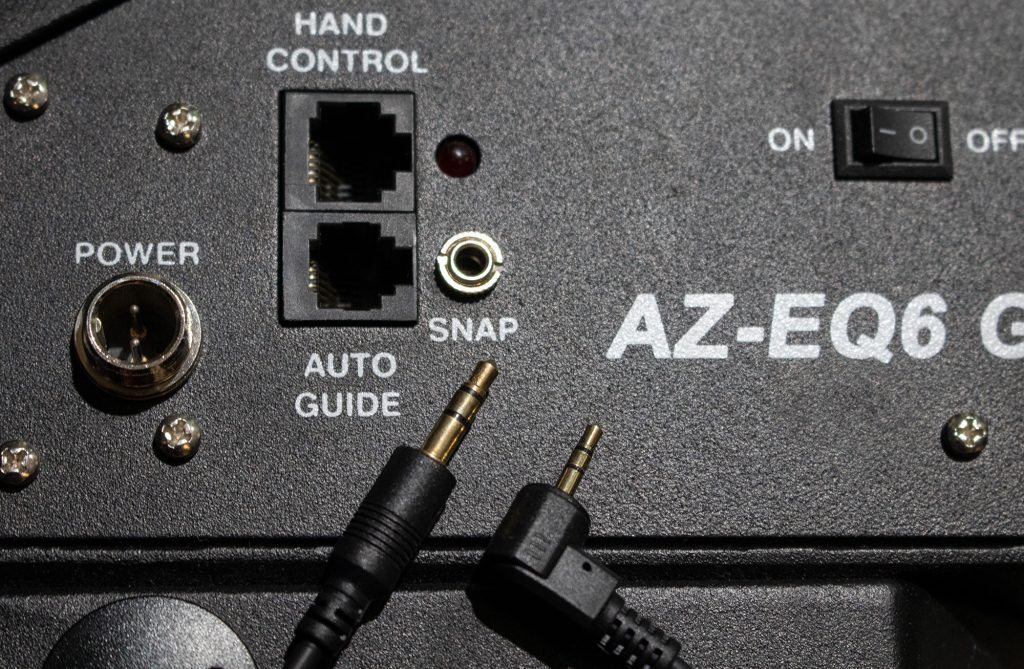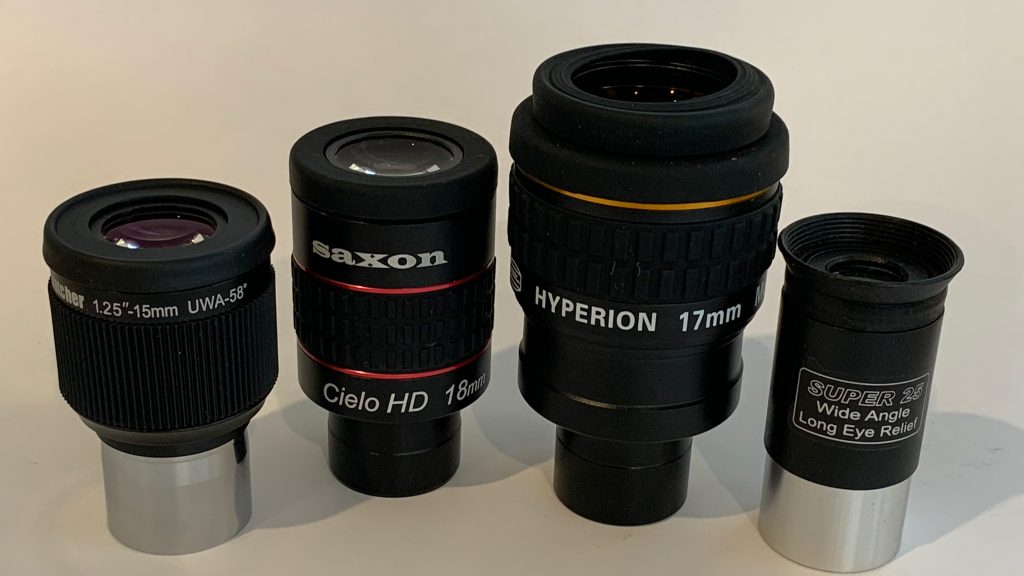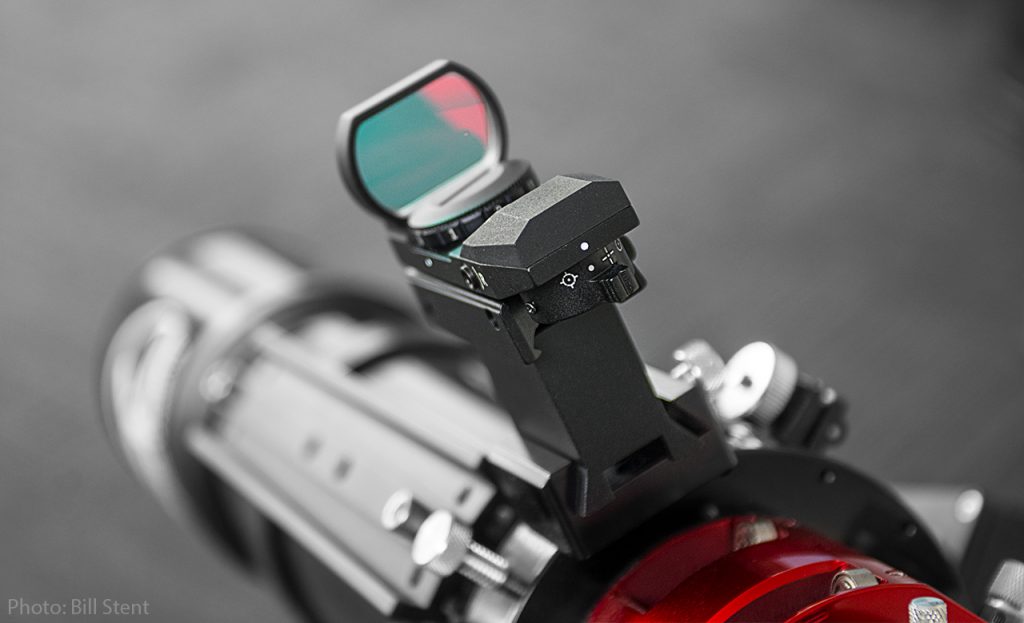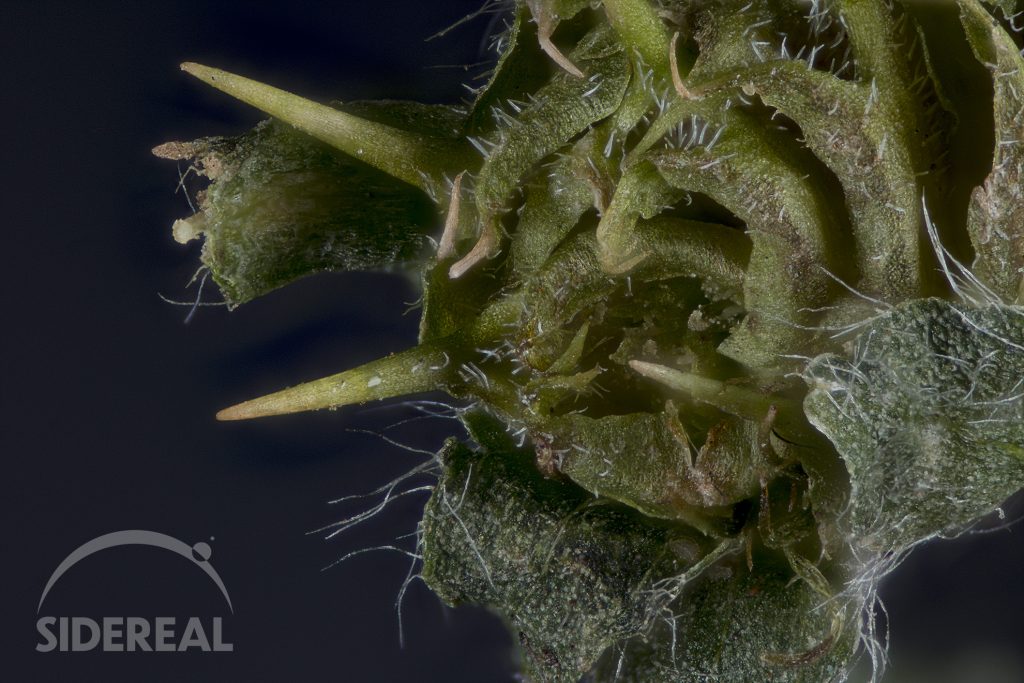Information about astronomy accessories
Getting wide field Milky Way images – powering your camera and dew heater
Getting deep images of the Milky Way can take a lot of power from your DSLR’s battery. Using a dummy battery to power your camera means you can leave it running all night and you won’t have to change batteries. You power the dummy battery with a PegasusAstro DSLR Buddy, and that means you can also run a dew heater strap from the mains, or a big battery.
